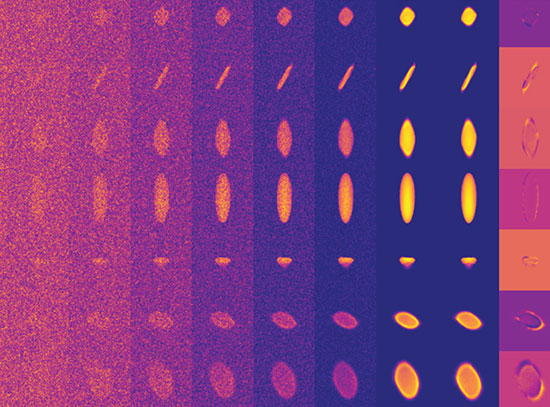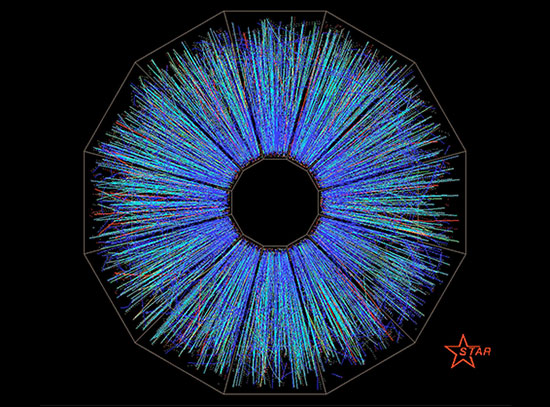New Machine for Biology Research Prevents Pollution at Brookhaven Lab
August 23, 2004
UPTON, NY - As part of its Pollution Prevention Program, the U.S. Department of Energy's Brookhaven National Laboratory recently invested in a machine used for numerous biology experiments at the Lab - a microwave peptide synthesizer. Manufactured by CEM Corporation of Matthews, North Carolina, this new machine will reduce hazardous waste produced in making peptides - biological structures made of amino acids - by more than 97 percent. In addition, the substantial amount of time and labor required to make peptides will be reduced significantly.
Each year, the Laboratory asks for suggestions from its employees on how Brookhaven can reduce wastes and prevent pollution. Four suggestions were funded this year, and they are expected to save the Laboratory a total of $31,300 annually. The new synthesizer will save the Laboratory the bulk of those funds - an estimated $26,000 per year by reducing labor and material costs as well as disposal expenditures for hazardous wastes. The payback period for the investment is estimated at 1.4 years. The new machine is also safer than the conventional method of making peptides, in which volatile chemicals are used.
 enlarge
enlarge
Jonathan Collins (R), CEM Corporation, shows Mangel how the new microwave peptide synthesizer functions. (Click image to download 300-dpi, hi-res version.)
"Previously, making a peptide would take from 28 to 40 days," said Brookhaven biologist Walter Mangel, who requested pollution prevention funding for the new machine. "Now we can make peptides in less than a day. Our work is now less costly and more efficient."
Mangel and his experimental team plan to use the peptide synthesizer for National Institutes of Health-funded research on the SARS virus. They will synthesize compounds that may help in diagnosing and finding a cure for a SARS virus infection. (The SARS virus is not used in their research. Rather, the scientists study a protein made by the virus that causes SARS, but which by itself cannot cause the disease.)
2004-10214 | INT/EXT | Newsroom









